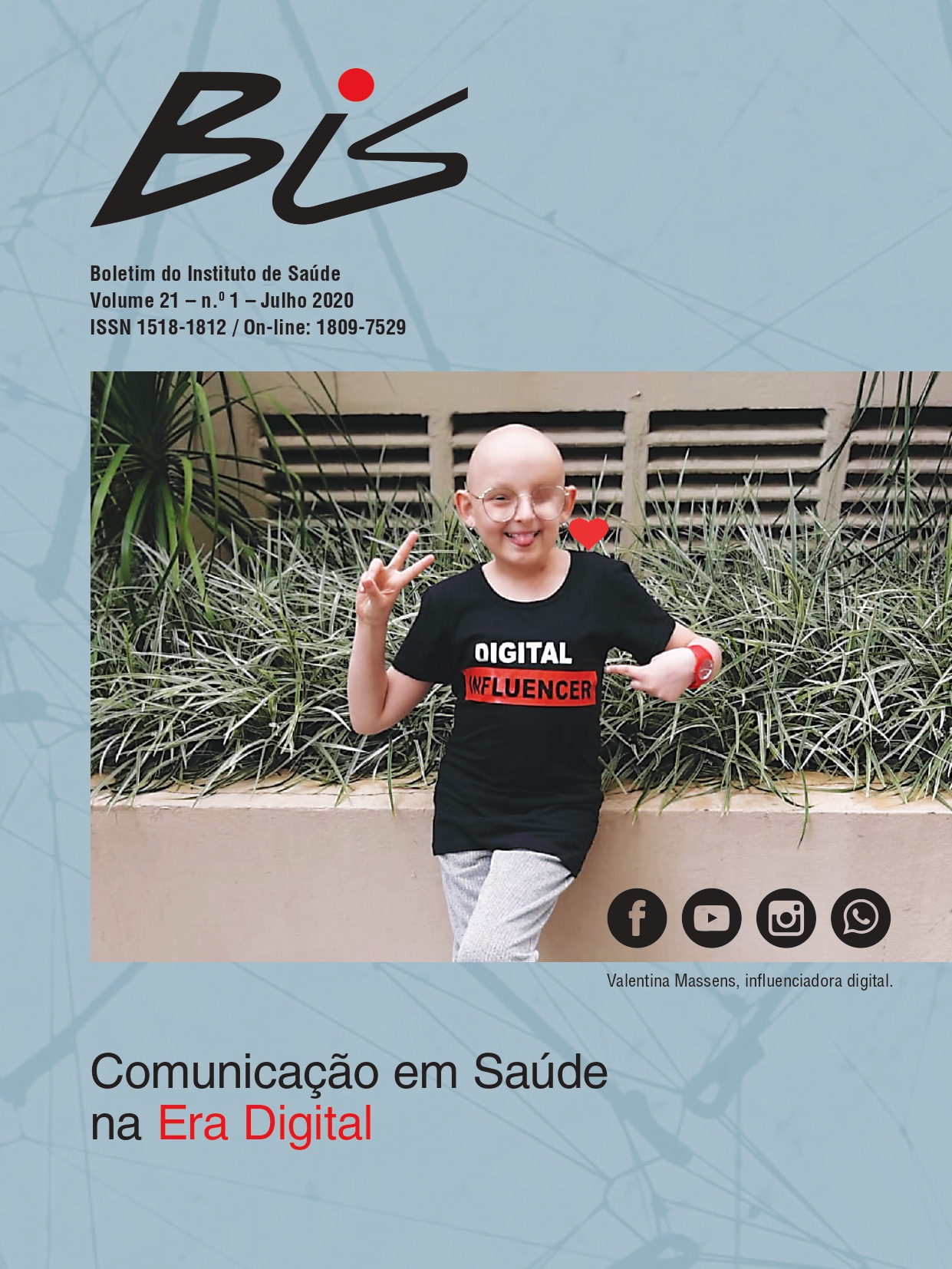Abstract
This essay describes the creation process of the book Isolados, that presents a photographic interpretation of the prevention and control measures of Coronavirus-19 Disease (COVID-19), social isolation (separation of suspected or confirmed cases of COVID-19, from other individuals, to prevent the disease transmission) and social distancing (decreased interaction between people to slow the spread of SARS-CoV-2). The photographs produced by the nine photographers who subscribe to the work reveal profound aspects of this singular episode of continence, in which daily activities are reduced to what is necessary for survival. The production is anchored in the ability of the photographic language to provide a key to the interpretation of reality that unfolds before the lens. The understanding of social reality, however, is not considered feasible from the isolated point of view of an operation that fragments reality – photography – but because of the composition of the photographic proposals that provide a deeper analysis. Thus, the fragmentation, which is characteristic of the camera when framing its object, can only be overcome by the composition of the registered images.
References
[acesso em 7 set 2020]. Disponível em: https://drive.google.com/file/d/1zNaGCF9goT0lgitBonVMG5JjQpICt0qM/view.
2. Marx K, Engels F. A ideologia alemã: crítica da mais recente filosofia alemã em seus representantes Feuerbach, B. Bauer e Stirner, e do socialismo alemão em seus diferentes profetas (1845-1846). São Paulo: Boitempo; 2007.
3. Flusser V. O universo das imagens técnicas: elogio da superficialidade. São Paulo: Anablume; 2008.
4. Marx K. Contribuição à crítica da economia política. 4. ed. São Paulo: Martins Fontes; 2011.
5. Carlos AFA. Crise Urbana. São Paulo: Contexto; 2015.
6. Monedard A. A emergência de um novo olhar sobre a cidade: as fotografias urbanas de 1870 a 1918. Revista do Programa de Estudos Pós-Graduados em História PUC-SP. 1999 (18):107-114.
7. Costa. LB. Eugène Atget: imagem dialética, imagem crítica. Expediente Studium [internet]. 2016 [acesso em 7 set 2020]; (38). Disponível em: https://www.studium.iar.unicamp.br/38/04/index.html.
8. Lefèbvre H. A revolução urbana. Belo Horizonte: Editora da UFMG; 1999.
9. Krauss R. O fotográfico. Barcelona: Gustavo Gili; 2010.
10. Marx K. Crítica da Filosofia do Direito de Hegel. 3. ed. São Paulo: Boitempo; 2013.
11. Trajano, TA. Sem Título. Fotografia. São Paulo. 2020. 1 fotografia: preto & branco, 297 x 210 mm.
12. Araujo, GJT. Sem Título. Fotografia. São Paulo. 2020. 1 fotografia: preto & branco, 297 x 210 mm.
13. Silva, RC. Sem Título. 2020. Fotografia. São Paulo. 2020. 1 fotografia: preto & branco, 297 x 210 mmm.
14. Andrade, IP. Sem Título. 2020. Fotografia. São Paulo. 2020. 1 fotografia: preto & branco, 210 x 297 mm.
15. Santana, RH. Sem Título.Fotografia. São Paulo. 2020. 1 fotografia: preto & branco, 210 x 297 mm.
16. Santana, RH. Sem Título. Fotografia. São Paulo. 2020. 1 fotografia: preto & branco, 210 x 297 mm.
17. Reboredo, LT. Sem Título. Fotografia. São Paulo. 2020. 1 fotografia: preto & branco, 297 x 210 mm
18. Cotrim, IA. Trajano, Fotografia. São Paulo. 2020. 1 fotografia: preto & branco, 297 x 210 mm.
19. Ribeiro, BA. Sem Título. Fotografia. São Paulo. 2020. 1 fotografia: preto & branco, 297 x 210 mm.
20. Venturineli, R. À Venda. Fotografia. Amsterdã. 2020. 1 fotografia: preto & branco, 297 x 210 mm

This work is licensed under a Creative Commons Attribution 4.0 International License.
Copyright (c) 2020 Rogerio Venturineli, Bianca de Almeida Ribeiro, Guilherme de Jesus Tavares de Araujo, Guilherme de Jesus Tavares de Araujo, Igor Andrade Cotrim, Ivan Prado de Andrade, Lucas Tadeu Reboredo, Lucas Tadeu Reboredo, Rafaela Cristina da Silva, Rômulo Henrique Santana , Thalita Araújo Trajano
